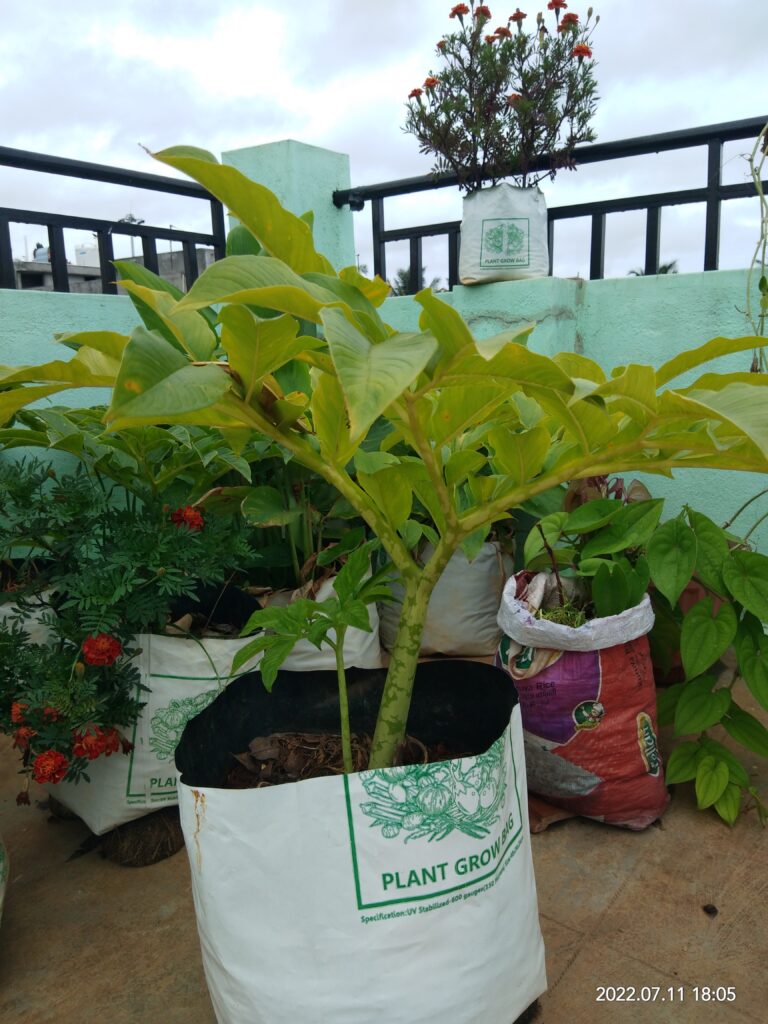
Yam or Elephant foot
Yam is a starchy root vegetable that is native to Africa and Asia, but is now widely cultivated and consumed throughout the world. It is a member of the Dioscoreaceae family and there are many varieties of yams, each with its own unique flavor and texture. Yams are an important food crop in many parts of the world, and they are often used as a staple food in many cuisines. They are a good source of complex carbohydrates, dietary fiber, and several vitamins and minerals, including vitamin C, potassium, and manganese. Yams can be prepared in a variety of ways, including boiling, roasting, frying, or baking. They are often used in stews, soups, and curries, and can also be mashed or pureed to make yam cakes, fritters, and other snacks. Yams are also used as a thickener in some dishes. In addition to their culinary uses, yams have some medicinal properties. They are believed to have anti-inflammatory effects and are used in traditional medicine to treat a variety of ailments, such as arthritis, asthma, and digestive issues. Yams may also have some potential health benefits related to blood sugar control and heart health. It is important to note that yams should not be confused with sweet potatoes, which are often called yams in some regions of the world. While yams and sweet potatoes are similar in appearance, they are from different plant families and have distinct nutritional profiles and flavors.

Yams are a nutritious and delicious root vegetable that can be grown in warm and tropical regions. Here are the steps to follow for growing yams:
- Choose a planting location: Yams grow best in warm and humid climates with temperatures between 75-90°F (24-32°C). Choose a location with well-drained soil that receives plenty of sunlight.
- Prepare the soil: Yams prefer soil that is rich in organic matter and has good drainage. Add compost or aged manure to the soil before planting to improve soil fertility.
- Plant the yam: Yams are typically propagated from small pieces of the tuber, called “seed yams”. Cut seed yams into pieces that are about 2-3 inches (5-7.5 cm) long, and plant them in mounds or ridges. Plant the seed yams about 6 inches (15 cm) deep with the cut side facing down.
- Water regularly: Yams require regular watering to keep the soil moist. Water the plants deeply once or twice a week, depending on the climate and soil conditions.
- Fertilize: Yams benefit from regular fertilization with a balanced fertilizer. Apply fertilizer once a month during the growing season.
- Weed the area: Remove any weeds from around the yam plants, as they can compete with the yams for nutrients and water.
- Harvest: Yams are typically ready for harvest about 6-10 months after planting, depending on the variety and growing conditions. Harvest the yams by digging them up carefully with a garden fork or shovel.
By following these steps, you should be able to successfully grow yams and enjoy their nutritious and tasty roots.
